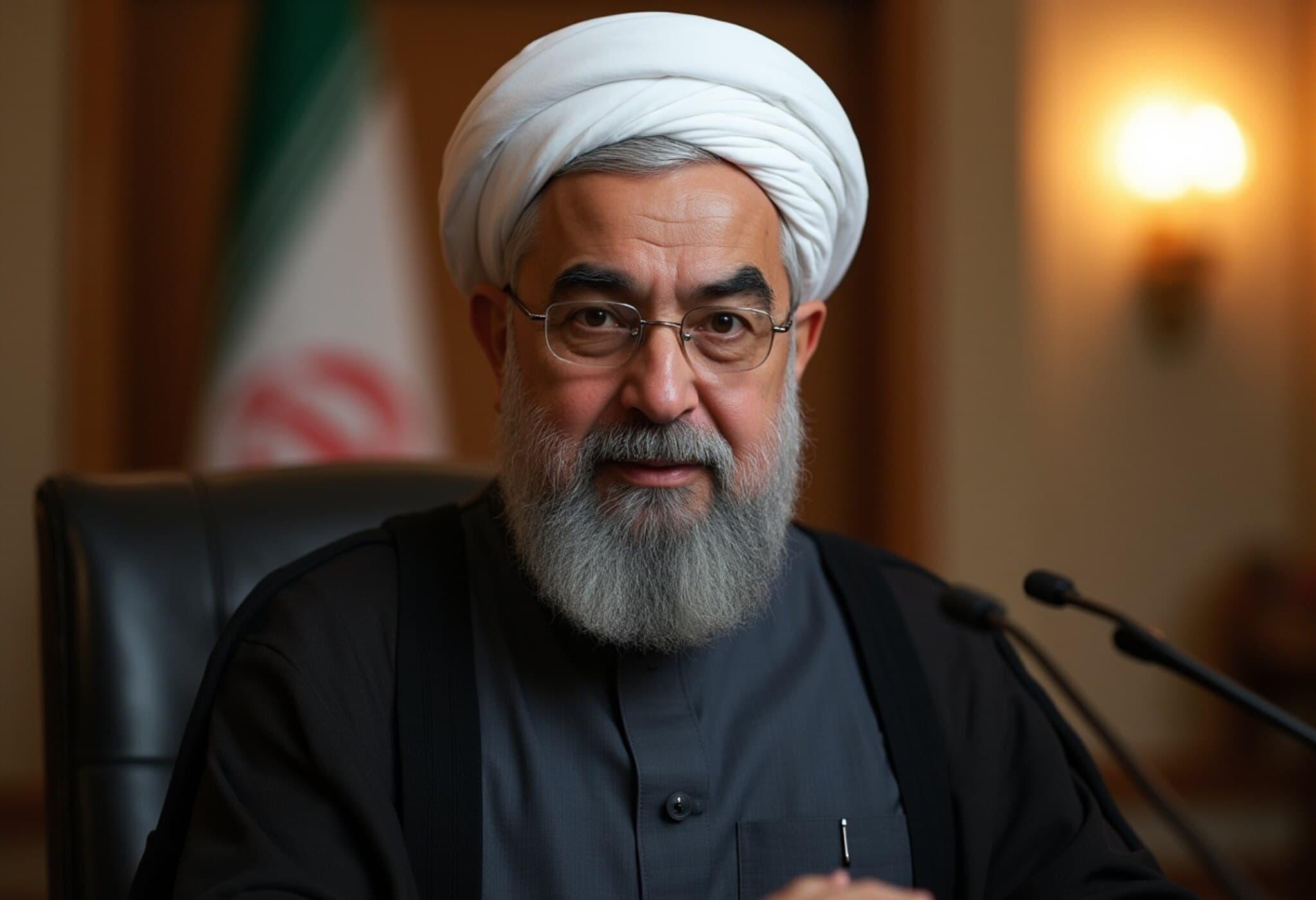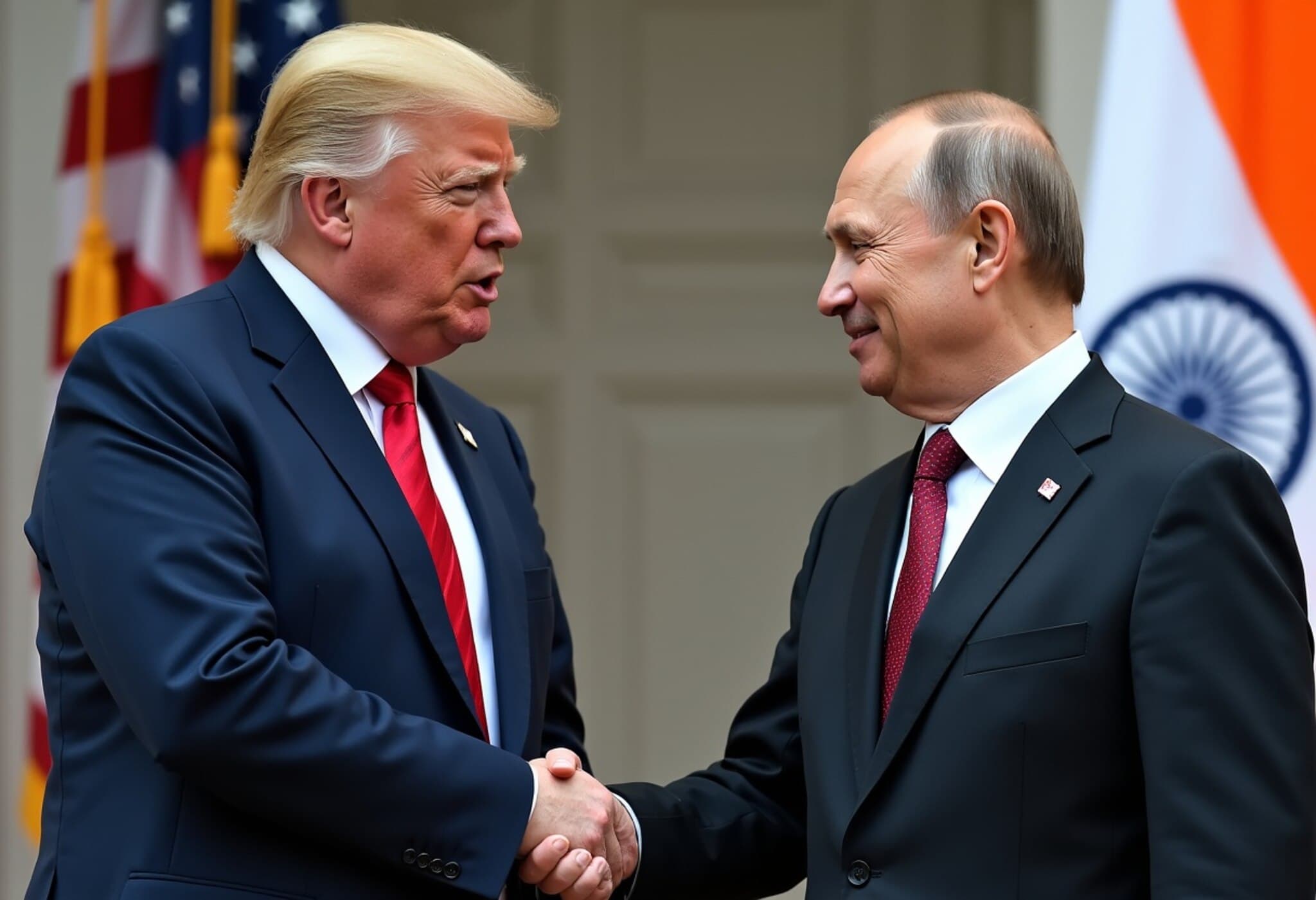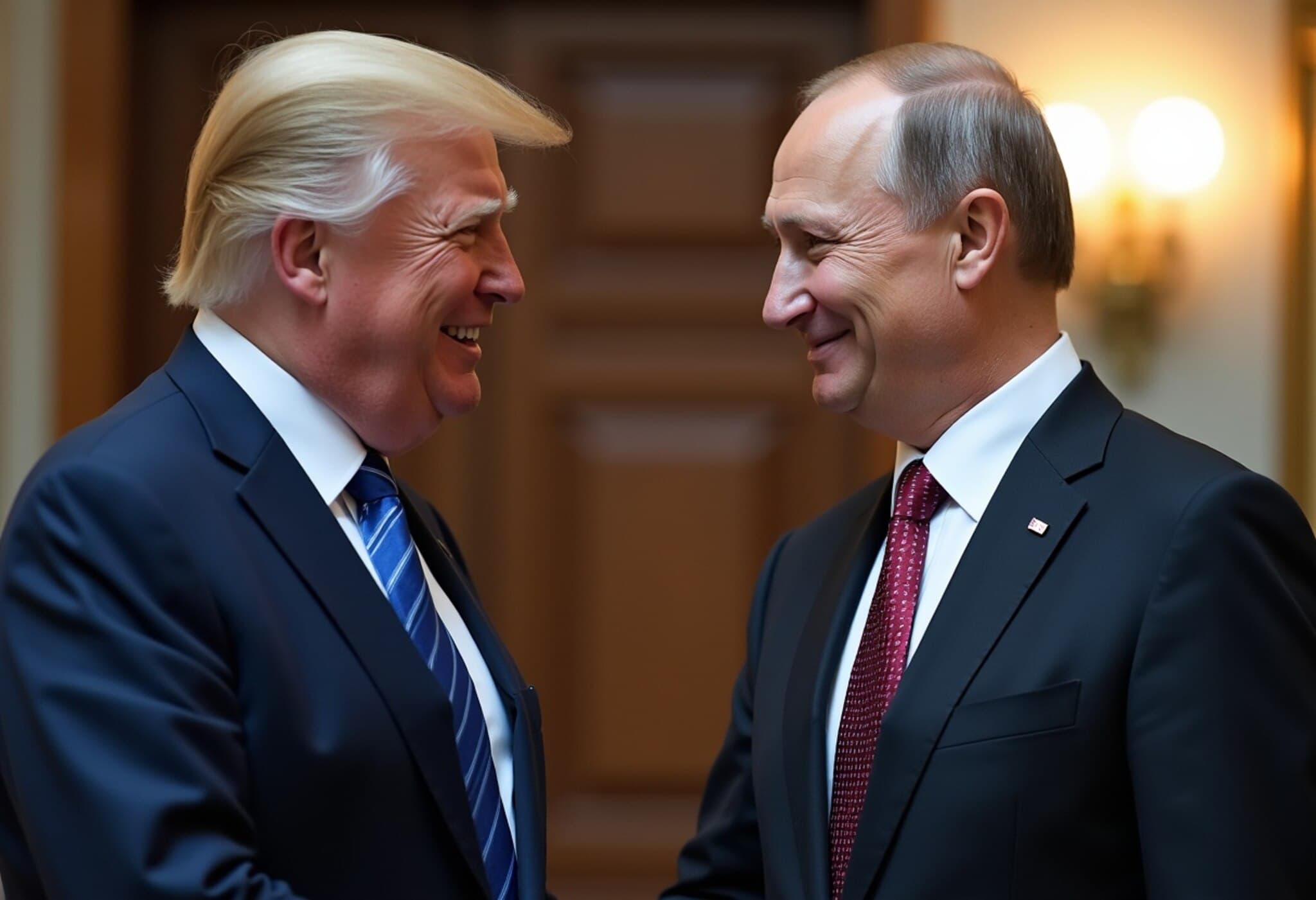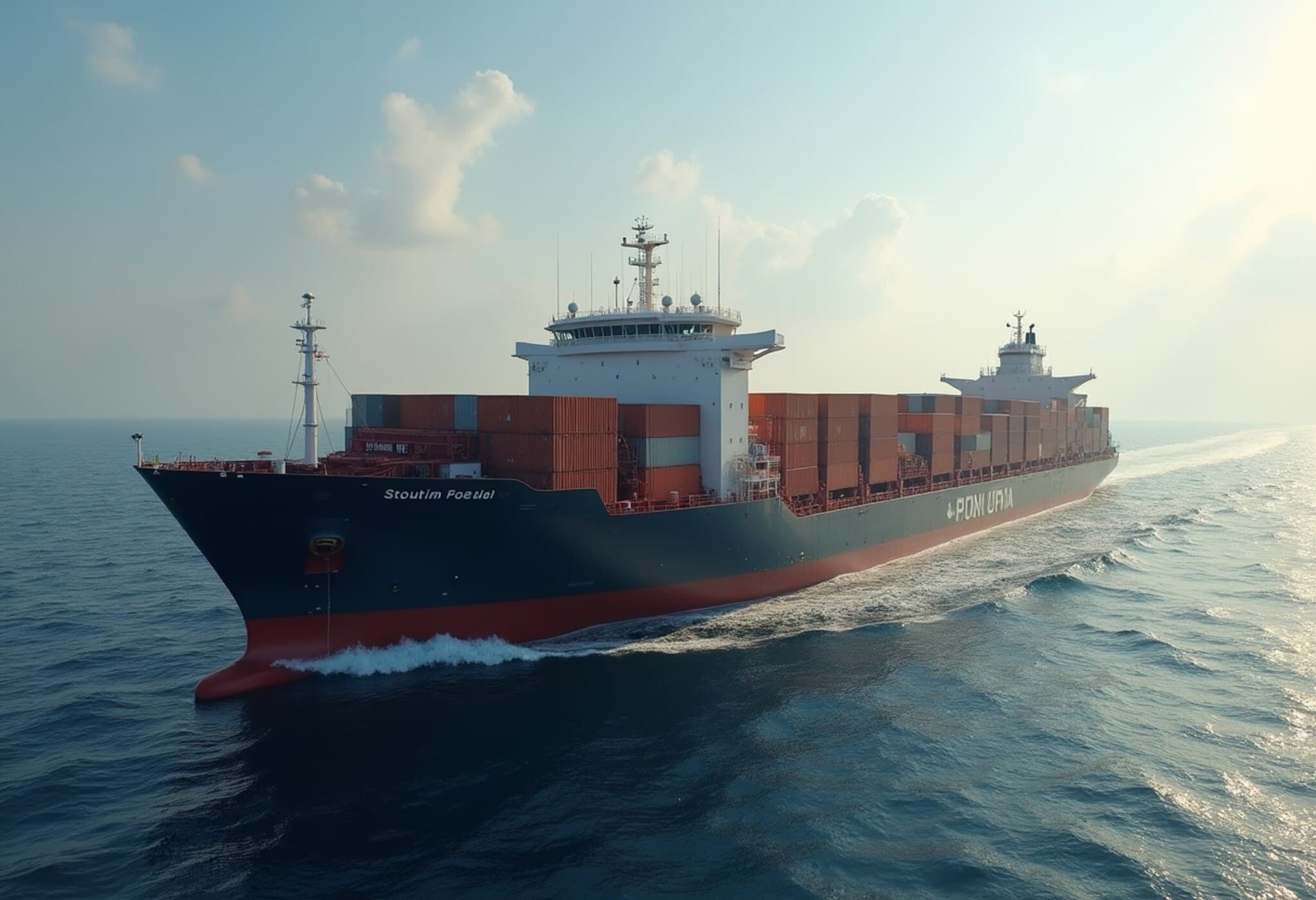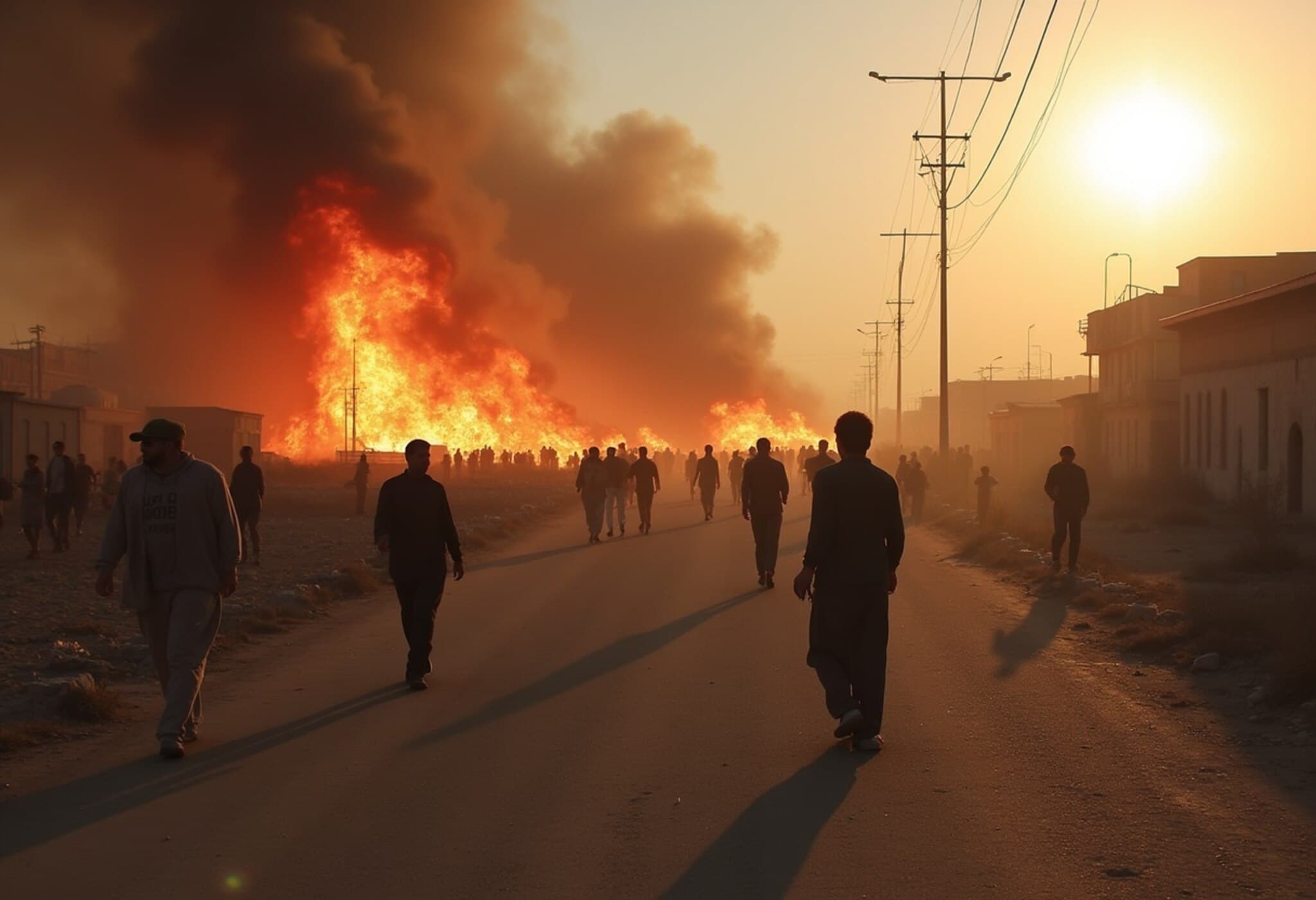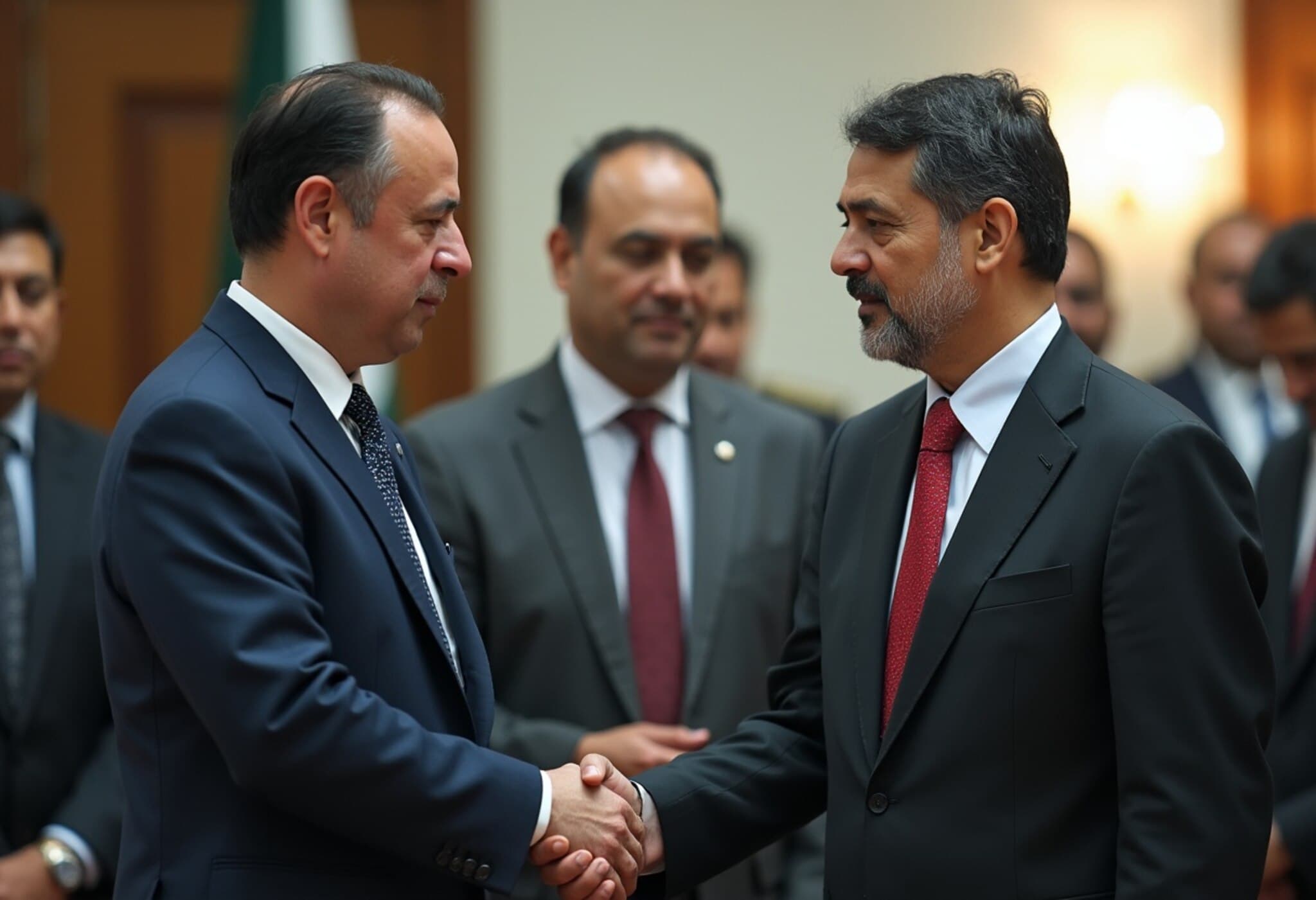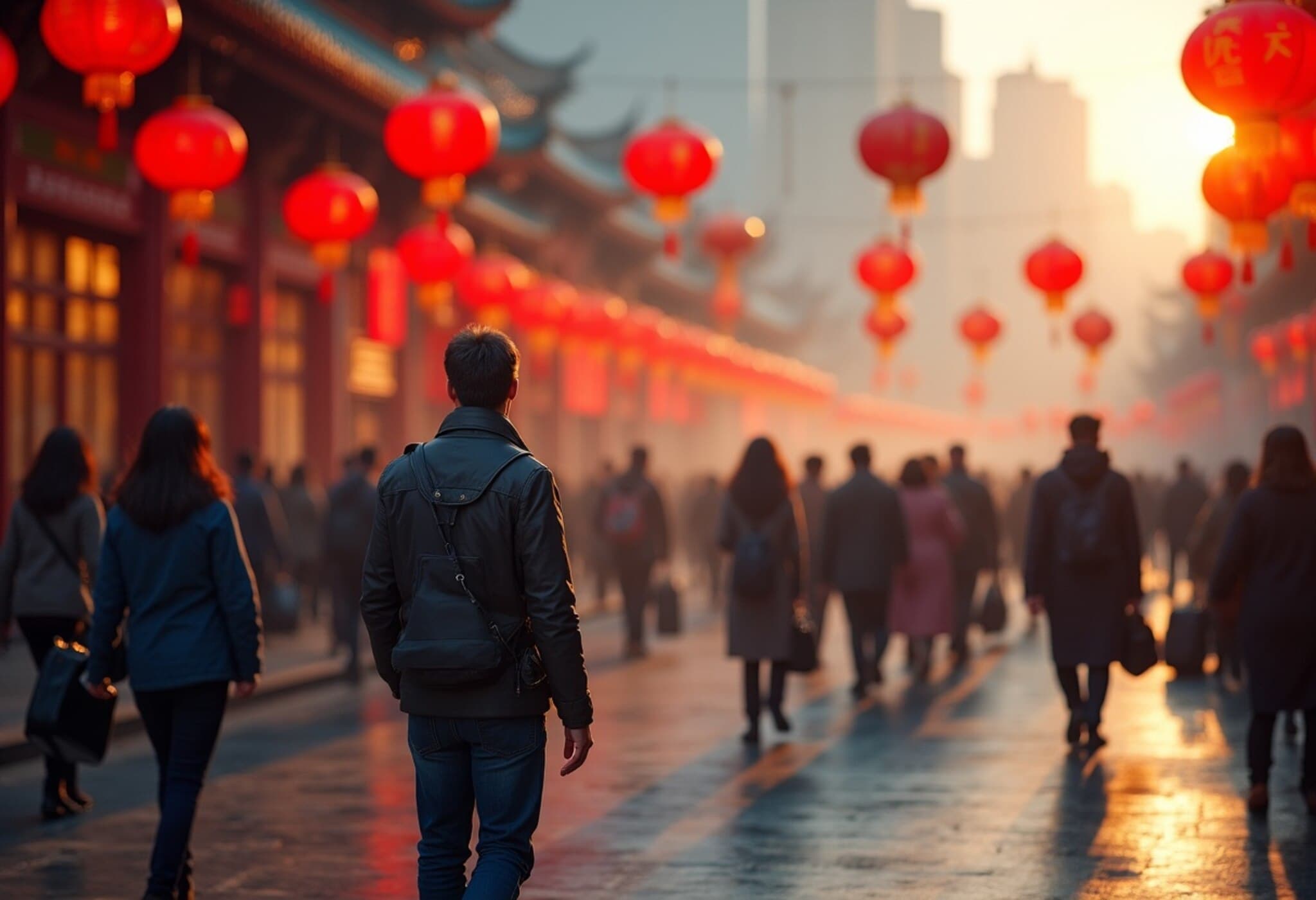Philippines and India Strengthen Tourism Ties with New Visa Policies
In a move poised to reshape travel and cultural exchange in Southeast Asia and South Asia, the Philippines has announced visa-free entry for Indian nationals, allowing them to visit without the hassle of visa applications for up to 14 days. In parallel, India is reciprocating this gesture by extending free e-visas to Filipino travelers. This bilateral agreement marks a fresh chapter in the deepening relationship between the two nations, with far-reaching implications for tourism, trade, and people-to-people connections.
Boosting Connectivity and People-to-People Relations
Beyond the visa policy adjustments, both countries plan to introduce direct flight routes, especially between Delhi and Manila, potentially later this year. This improvement in connectivity is expected to significantly ease travel logistics, fostering enhanced cultural exchanges and economic opportunities.
Prime Minister Narendra Modi welcomed the development, saying, “We welcome the decision of the Philippines to grant visa-free entry to Indian tourists. India, in turn, has decided to extend the facility of free e-visas to tourists from the Philippines. Efforts will also be made to launch direct flights between Delhi and Manila within this year.”
Official Perspectives and Strategic Implications
Randhir Jaiswal, spokesperson for India’s Ministry of External Affairs, highlighted the significance of these changes: “Indian tourists can now enjoy visa-free access to the Philippines for up to two weeks. These measures aim to boost tourism exchanges, commercial ties, and people-to-people interactions.”
This policy not only facilitates easier travel but also aligns with broader strategic interests. As both nations pursue economic diversification and greater regional integration, such initiatives enhance business opportunities and cultural understanding, crucial for robust diplomatic relations.
Context: Visa-Free and Visa-on-Arrival Destinations for Indians
India’s expanding passport power reflects its growing global presence. Currently, Indian passport holders enjoy visa-free access to a select list of countries, including the Philippines. A few notable countries allowing visa-free travel for Indians include:
- Bhutan
- Malaysia
- Thailand
- Kenya
- Rwanda
- Philippines
Additionally, many nations offer visa-on-arrival options, providing travelers with flexibility and spontaneity. Countries like Cambodia, Maldives, Sri Lanka, and Qatar are part of this list.
Expert Insight: What This Means for Travelers and Economies
Travel experts note that reducing visa barriers often leads to a significant uptick in tourist numbers, directly benefiting hospitality sectors and ancillary industries. Furthermore, streamlined travel can promote educational exchanges, joint ventures, and cultural diplomacy.
Analysts also emphasize that with these developments, both India and the Philippines signal their intent to deepen cooperation beyond traditional frameworks, accommodating the aspirations of a burgeoning middle class eager to explore international destinations.
Looking Ahead: Opportunities and Questions
As air connectivity improves alongside visa liberalization, business travelers, students, and tourists stand to benefit immensely. However, it also raises questions about infrastructure readiness, tourism management, and sustainability. Will both countries invest sufficiently to manage increased traveler flows without straining local resources?
Moreover, in the complex geopolitical environment of Asia-Pacific, such bilateral moves could be early indicators of broader regional partnerships, potentially influencing trade agreements and diplomatic alignments.
Summary Box: What Travelers Should Know
- Philippines grants visa-free entry to Indian citizens for stays up to 14 days.
- India offers free e-visas to Filipino tourists, simplifying travel processes.
- Direct flight routes between Delhi and Manila are planned, enhancing connectivity.
- This initiative is expected to boost tourism, cultural exchanges, and economic ties.
- Travelers should stay updated on flight schedules and entry requirements to benefit fully.
Editor's Note: This development not only eases travel but reflects evolving diplomatic strategies aimed at fostering closer integration in the Asia-Pacific region. As the policies take effect, monitoring their socio-economic impact will provide valuable insights into how visa facilitation can serve as a catalyst for deeper bilateral engagement.


